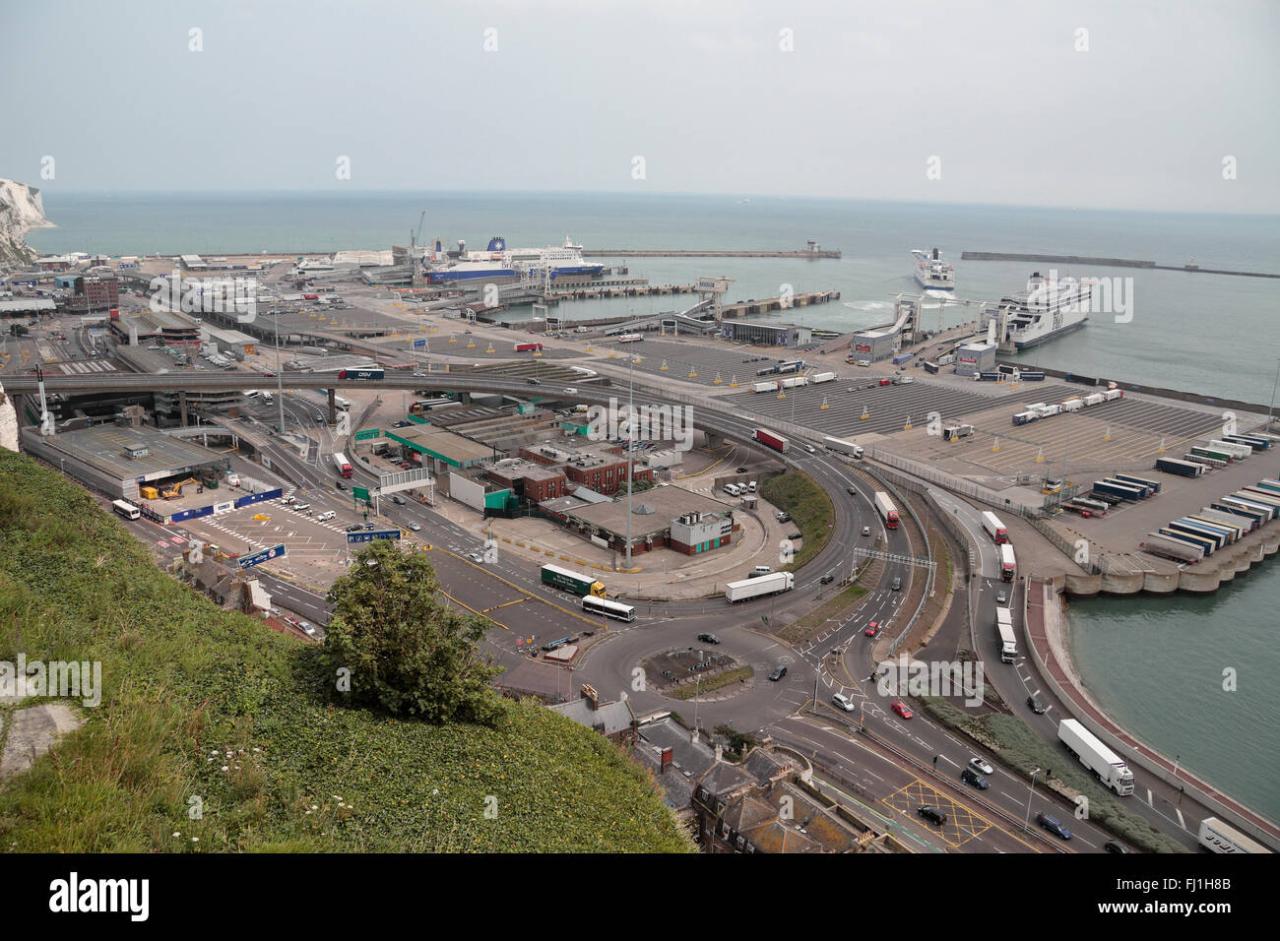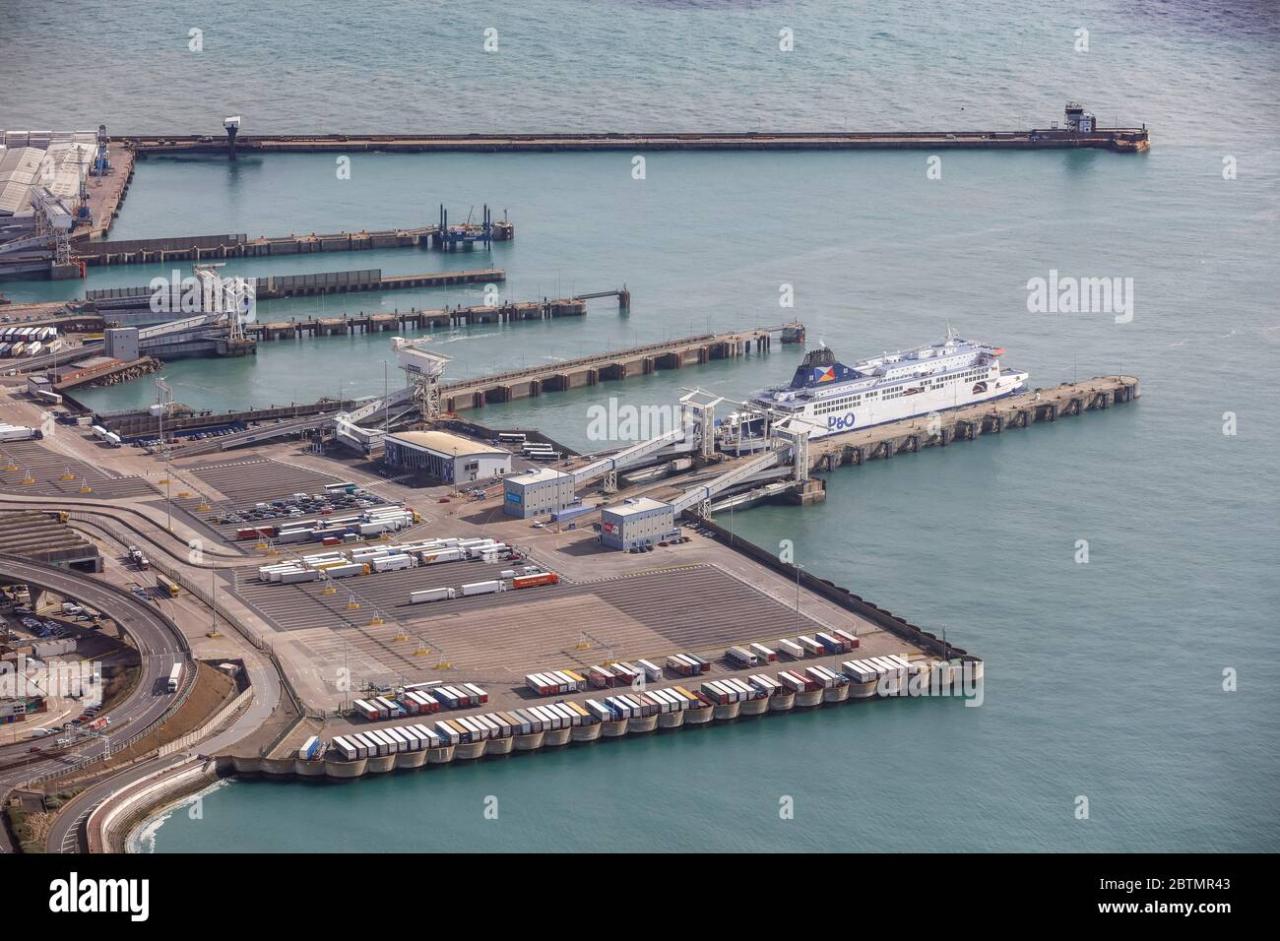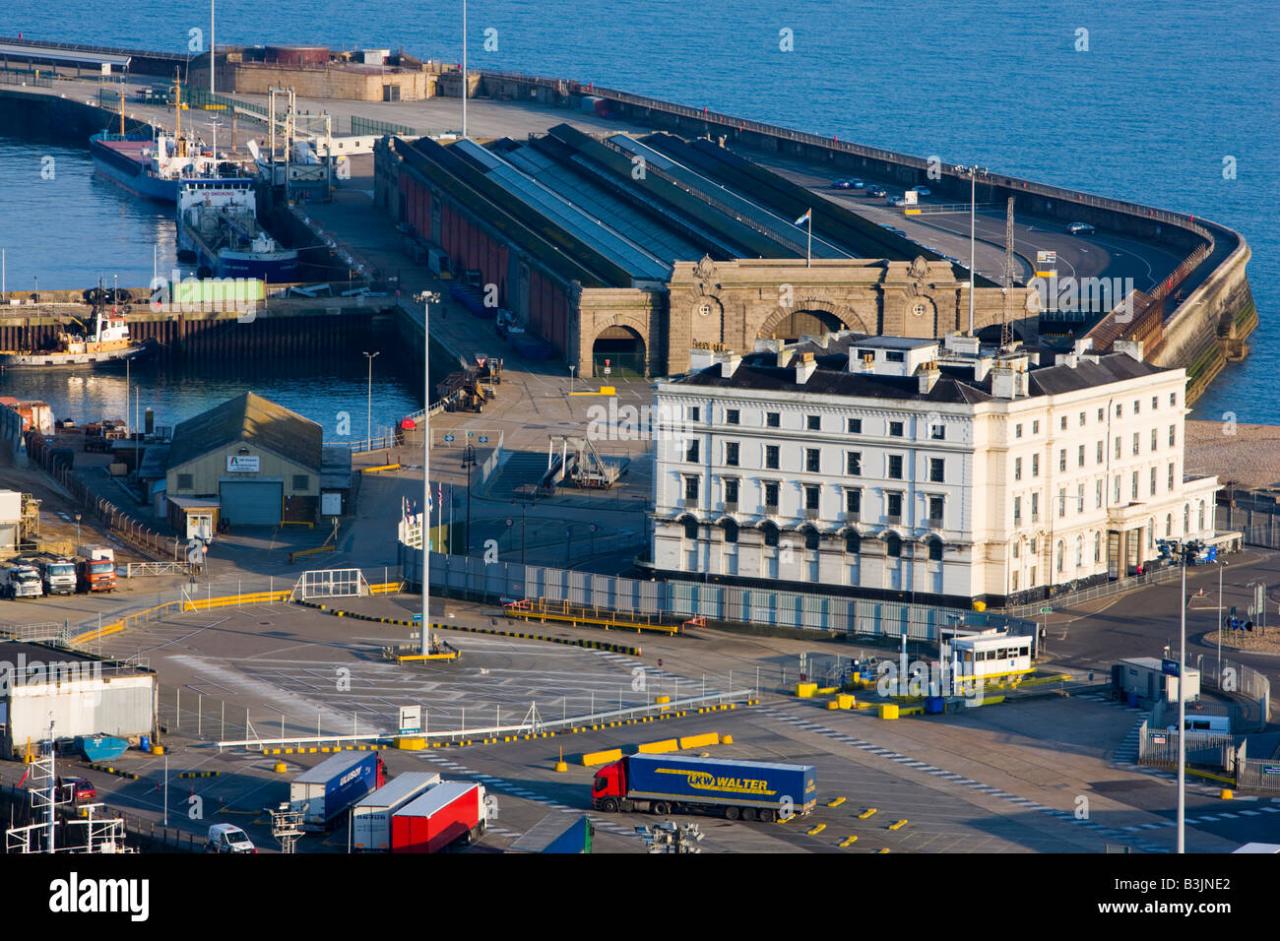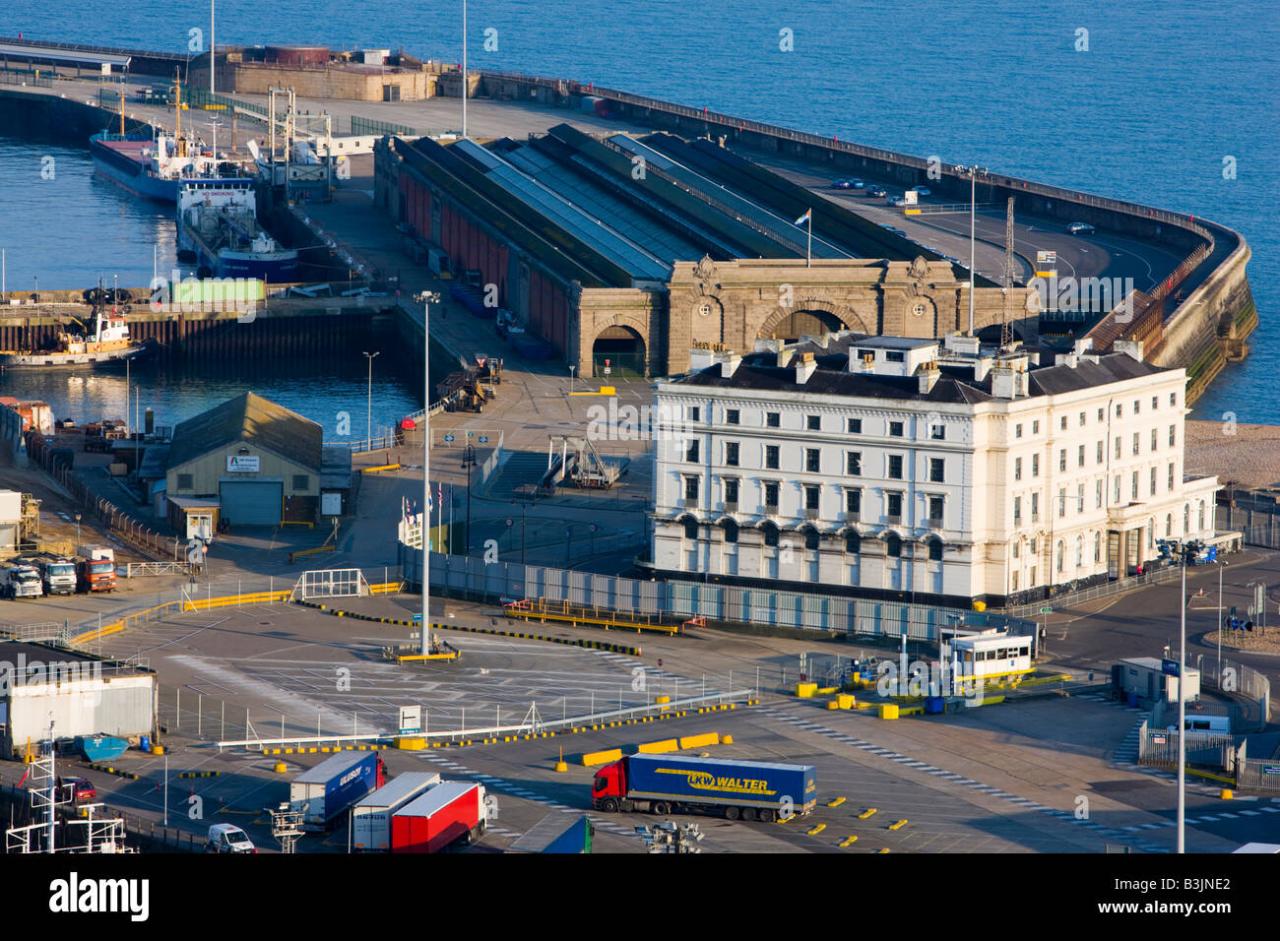Port Dover camera surveillance offers a fascinating lens through which to examine the complexities of modern security, public safety, and community life. This exploration delves into the various types of cameras deployed throughout Port Dover, Ontario, their strategic placements, and the diverse purposes they serve, from enhancing public safety to promoting tourism. We’ll consider the technological infrastructure supporting these systems, the legal and ethical considerations surrounding their use, and the visual narratives they create, painting a detailed picture of daily life in this vibrant lakeside community.
Finding a good view of Port Dover can be tricky, depending on what you’re looking for. Many search for a specific angle or perspective, leading them to seek out a Port Dover live camera feed. For instance, you might find exactly what you need at this site providing a port dover live camera view. Ultimately, the best Port Dover camera for you will depend on your individual needs and desired vantage point.
The analysis will cover the practical aspects of camera deployment, including installation, maintenance, and data management, alongside the more nuanced considerations of privacy, responsible data handling, and the legal framework governing public surveillance. Through this examination, we aim to provide a balanced perspective on the benefits and challenges associated with utilizing camera technology in a public setting, offering insights into both the technical and societal implications.
Port Dover Camera Locations and Types
Understanding the placement and types of cameras in Port Dover is crucial for assessing their effectiveness and addressing potential concerns. This section details the common locations, types, image quality, and strategic placement of cameras within the town.
Camera Locations in Port Dover
Cameras in Port Dover are strategically positioned to cover high-traffic areas, key intersections, and areas of potential concern. Common locations include the main streets leading into the town, the harbourfront, and popular tourist spots such as the lighthouse and the beach. Specific locations are chosen based on factors such as visibility, crime rates, and traffic flow.
Types of Cameras Used

Port Dover likely utilizes a variety of camera types, each with its own strengths and weaknesses. These might include high-definition CCTV cameras for security purposes, traffic cameras for monitoring vehicle flow, and potentially even wildlife cameras in more natural areas surrounding the town.
Camera Image Quality and Features
The image quality and features of cameras vary depending on their type and age. Higher-end security cameras generally offer superior resolution, night vision capabilities, and advanced features like motion detection and facial recognition. Traffic cameras often prioritize capturing license plate details and vehicle speed, while wildlife cameras are designed for low-light conditions and remote operation.
Strategic Camera Placement
Optimal camera placement considers factors such as field of view, lighting conditions, and potential obstructions. For example, cameras positioned at intersections provide a comprehensive view of traffic patterns, while cameras overlooking the harbour offer surveillance of the waterfront area. A well-planned network ensures comprehensive coverage of key areas.
Table of Camera Locations, Types, and Purposes
| Location | Camera Type | Purpose | Additional Notes |
|---|---|---|---|
| Main Street Intersection | High-Definition CCTV | Traffic Monitoring, Security | Wide angle lens, night vision |
| Harbourfront | Panoramic CCTV | Security, Tourism Monitoring | 360-degree view, weatherproof |
| Lighthouse Area | Fixed CCTV | Security, Crowd Monitoring | High resolution, long range |
| Beach Access Point | Dome CCTV | Security, Vandalism Prevention | Tamper-resistant, weatherproof |
Port Dover Camera Usage and Purpose
The cameras in Port Dover serve a multifaceted role, contributing to public safety, traffic management, and tourism promotion. This section examines these key applications and provides real-world examples.
Public Safety and Security
Cameras are a key component of Port Dover’s security strategy, deterring crime and aiding in investigations. The visible presence of cameras can discourage illegal activity, while recorded footage provides valuable evidence for law enforcement. For example, footage may be used to identify suspects in a theft or assault.
Traffic Management
Cameras at key intersections assist in managing traffic flow, particularly during peak tourist seasons. Real-time monitoring allows authorities to identify congestion and potentially adjust traffic signals to optimize movement. Data from these cameras can also be used to inform future infrastructure improvements.
Use of Camera Footage in Investigations
Camera footage has proven invaluable in numerous investigations in Port Dover and similar communities. For instance, footage may have been used to solve a hit-and-run accident, identify a missing person, or track the movements of a suspect. The ability to review events objectively enhances investigative capabilities.
Tourism Promotion
While not a primary function, camera footage could potentially be used to showcase Port Dover’s attractions and promote tourism. Time-lapse videos or carefully selected stills could highlight the town’s beauty and vibrant atmosphere, attracting visitors.
Legal and Ethical Considerations of Port Dover Cameras
The use of surveillance cameras raises important legal and ethical considerations regarding privacy and data protection. This section Artikels these concerns and suggests guidelines for responsible deployment and data handling.
Privacy Concerns Related to Public Surveillance
Public surveillance cameras inevitably capture images of individuals going about their daily lives. This raises concerns about privacy violations and the potential for misuse of personal data. Balancing the need for security with the protection of individual privacy is a critical challenge.
Guidelines for Responsible Camera Deployment and Data Handling

Clear guidelines are needed to ensure responsible camera deployment and data handling. These guidelines should address issues such as camera placement, data retention policies, access control, and the use of facial recognition technology. Transparency and public awareness are essential aspects of responsible surveillance.
Legal Frameworks Governing Surveillance Cameras
The legal framework governing the use of surveillance cameras in public spaces varies depending on jurisdiction. In Ontario, for example, laws related to privacy and data protection would apply. It is crucial that all camera deployments comply with relevant legislation and regulations.
Balancing Public Safety and Individual Privacy Rights

Finding the right balance between public safety and individual privacy rights requires careful consideration and ongoing dialogue. This might involve implementing measures such as data anonymization, limited retention periods, and clear signage informing the public about camera surveillance.
Ethical Considerations for Camera Use in Port Dover
- Transparency regarding camera locations and purposes.
- Data minimization – only collecting necessary data.
- Data security – protecting data from unauthorized access.
- Accountability – establishing clear lines of responsibility for data handling.
- Regular review of camera policies and procedures.
Port Dover Camera Infrastructure and Maintenance
Maintaining a functional network of cameras requires a robust infrastructure and regular maintenance. This section Artikels the key components and procedures involved.
Infrastructure for a Camera Network
A comprehensive camera network requires a reliable infrastructure including power supply, network connectivity (wired or wireless), data storage, and a central monitoring system. This infrastructure needs to be designed to withstand environmental conditions and ensure uninterrupted operation.
Installation, Configuration, and Maintenance
Proper installation, configuration, and regular maintenance are crucial for optimal camera performance. This includes tasks such as cable management, software updates, lens cleaning, and testing camera functionality. Preventive maintenance minimizes downtime and extends the lifespan of equipment.
Data Storage and Transmission
Data storage and transmission methods vary depending on the scale and complexity of the camera network. Options range from local storage devices to cloud-based solutions. The choice depends on factors such as storage capacity, bandwidth requirements, and security considerations. Robust backup systems are also essential.
Costs Associated with Camera Deployment and Upkeep
The costs associated with camera deployment and upkeep include initial equipment purchase, installation, ongoing maintenance, data storage, and potential software licensing fees. A detailed cost analysis is crucial for budgeting and resource allocation.
Troubleshooting Common Camera Issues, Port dover camera
- Check power supply and connections.
- Verify network connectivity.
- Inspect camera lens for obstructions.
- Review system logs for error messages.
- Contact technical support if necessary.
Visual Representation of Port Dover via Camera Footage
Camera footage provides a unique perspective on Port Dover, capturing its visual characteristics throughout the day. This section describes hypothetical imagery and the potential coverage of a camera network.
Visual Characteristics of Port Dover
Different cameras would capture diverse aspects of Port Dover. A camera overlooking the harbour might show the rhythmic movement of boats, the changing colours of the water, and the bustling activity on the docks. A camera on Main Street would capture the flow of traffic, the interactions of pedestrians, and the vibrant atmosphere of local businesses. Cameras positioned at different times of day would showcase the dramatic shift in lighting and activity levels.
Detailed Imagery Descriptions
Imagine a camera capturing the sunrise over Lake Erie, painting the sky with vibrant hues of orange and pink. Another camera might show the midday rush of tourists exploring the shops and restaurants. As evening approaches, a camera positioned near the lighthouse could capture the peaceful serenity of the harbour under the starry sky. Each image provides a unique snapshot of the town’s character.
Hypothetical Day in Port Dover
A hypothetical day in Port Dover, as seen through a network of cameras, would begin with the quiet stillness of dawn, followed by the gradual awakening of the town. Midday would bring a surge of activity, culminating in the vibrant energy of the evening. Finally, the day would conclude with the tranquil quiet of the night, punctuated by the occasional passing vehicle or the gentle lapping of waves against the shore.
Potential Coverage Area of a Camera Network
A proposed camera network in Port Dover could encompass key areas such as the harbourfront, Main Street, key intersections, and popular tourist attractions. The network’s coverage would ideally provide a comprehensive view of the town, ensuring optimal security and traffic management. Strategic placement would minimize blind spots and maximize the effectiveness of surveillance. The system would likely include both fixed and pan-tilt-zoom cameras to provide flexibility and coverage across a wide range of viewpoints.
Discussions regarding Port Dover camera systems often involve comparisons with other weather monitoring solutions. For instance, the reliability of a Port Dover system might be judged against the performance of similar setups, such as the coquihalla weather camera , known for its clear image quality in challenging conditions. Ultimately, the choice of system for Port Dover depends on specific needs and budget considerations.
In conclusion, the network of cameras in Port Dover presents a multifaceted case study in the use of surveillance technology in a public context. Balancing the need for security and public safety with individual privacy rights remains a crucial challenge. Careful consideration of legal frameworks, ethical guidelines, and technological advancements is essential for the responsible and effective deployment of such systems.
Ultimately, the narrative captured by these cameras, while providing valuable insights into daily life and community safety, also underscores the ongoing dialogue about the responsible use of technology in the public sphere.
Question & Answer Hub
What types of data are collected by Port Dover cameras?
The specific data collected varies depending on the camera type. Generally, this includes visual recordings, potentially including timestamps and location data.
How long is camera footage stored?
Data retention policies vary depending on the purpose of the camera and local regulations. Footage may be stored for a set period, after which it’s automatically deleted.
Who has access to the camera footage?
Access is typically restricted to authorized personnel, such as law enforcement and municipal officials, subject to strict protocols and legal requirements.
What happens if a camera malfunctions?
Maintenance procedures are in place to address malfunctions promptly. This includes regular checks, remote diagnostics, and on-site repairs as needed.
